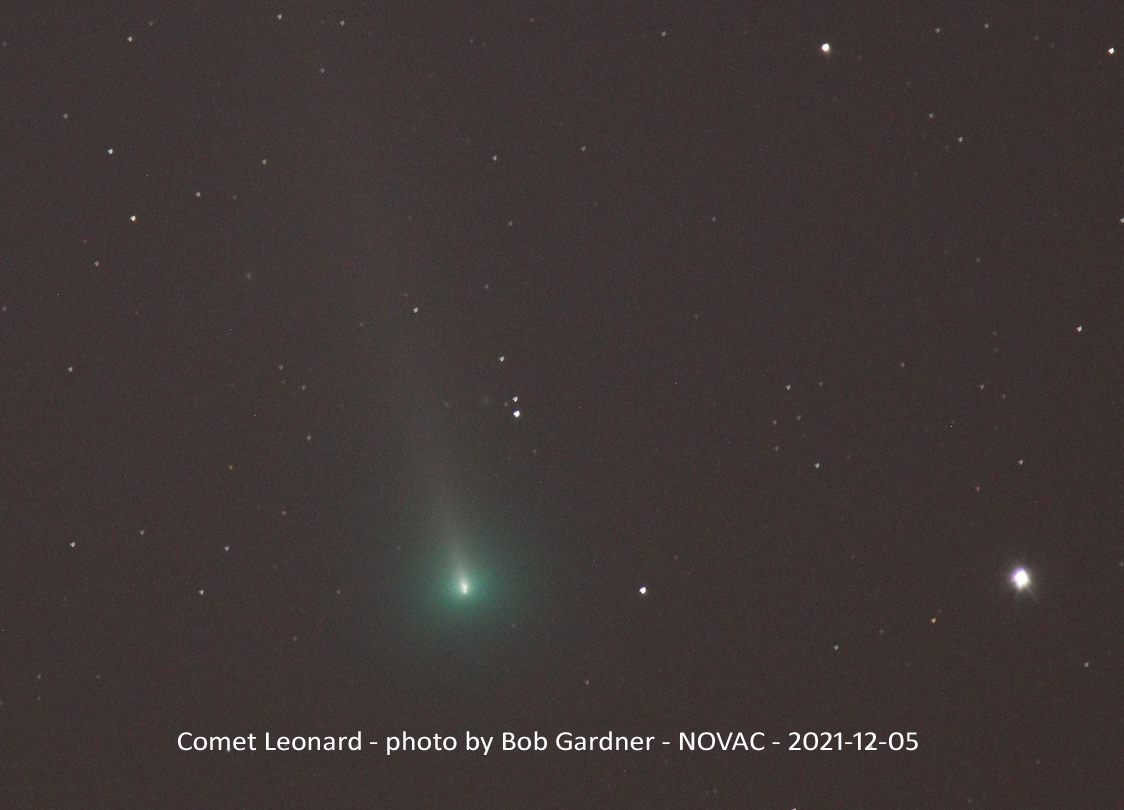- Details
- Category: Astronomical Events
On Tuesday, June 28th 2022 Dr. Jeff Kretsch saw and photographed this circumzenithal arc. Sun dogs were also present. Jeff is the presenter of the FCPA course "Rainbows, Haloes, and Glories"

- Details
- Category: Astronomical Events
 On April 2, 2022 the Perseverance Martian rover's Mastcam-Z camera looked sunward and took a video of the eclipse of the sun by the "potato-shaped" moon Phobos.
On April 2, 2022 the Perseverance Martian rover's Mastcam-Z camera looked sunward and took a video of the eclipse of the sun by the "potato-shaped" moon Phobos.
According the NASA Mars Exploration Program site, "It’s the most zoomed-in, highest-frame-rate observation of a Phobos solar eclipse ever taken from the Martian surface." NASA reports that "Several Mars rovers have observed Phobos crossing in front of the Sun over the past 18 years. Spirit and Opportunity made the first observations in 2004; Curiosity in 2019 was the first to record video of the event. Each time these eclipses are observed, they allow scientists to measure subtle shifts in Phobos’ orbit over time. The moon’s tidal forces pull on the deep interior crust and mantle of the Red Planet; studying how much Phobos shifts over time reveals something about how resistant the crust and mantle are, and thus what kinds of materials they’re made of."
Watch the video: https://mars.nasa.gov/news/9172/nasas-perseverance-rover-captures-video-of-solar-eclipse-on-mars/
- Details
- Category: Astronomical Events
Dr. Jeff Kretsch took this photo on the morning of April 4th, 2022. There is a spectacular alignment of the planets in the early morning sky just before sunrise. If you have a chance, take a look. It won't last long.

- Details
- Category: Astronomical Events
Not all of us are early risers, but Dr. Jeff Kretsch took this photo on the morning of February 10, showing the planets of Mercury, Venus and Mars in the morning sky. Track these planets yourself. Mercury and Venus will appear to travel fast day after day in the morning sky.

- Details
- Category: Astronomical Events
 Early in the morning sky you can see Comet Leonard. As of the 5th of December it was near the star Arcturus. Bob Gardner of the Northern Virginia Astronomy Club [NOVAC] took this 90 second photo of the comet around 5am on Dec 5, 2021 with a 3.75 inch f/6.3 (FL of 600mm) lens on a Canon EOS M6 Mk II camera mounted on a Star Adventurer tracker. The comet's motion is clearly visible in the photo. The photo was circulated by NOVAC.
Early in the morning sky you can see Comet Leonard. As of the 5th of December it was near the star Arcturus. Bob Gardner of the Northern Virginia Astronomy Club [NOVAC] took this 90 second photo of the comet around 5am on Dec 5, 2021 with a 3.75 inch f/6.3 (FL of 600mm) lens on a Canon EOS M6 Mk II camera mounted on a Star Adventurer tracker. The comet's motion is clearly visible in the photo. The photo was circulated by NOVAC.
Page 3 of 7

